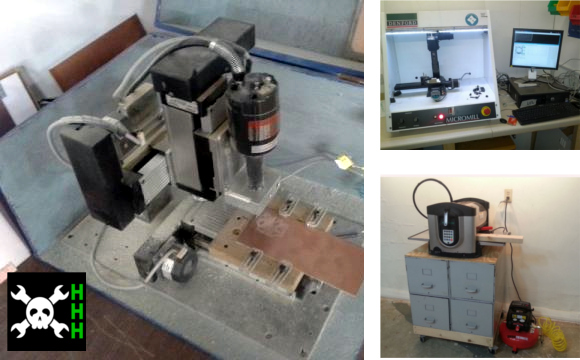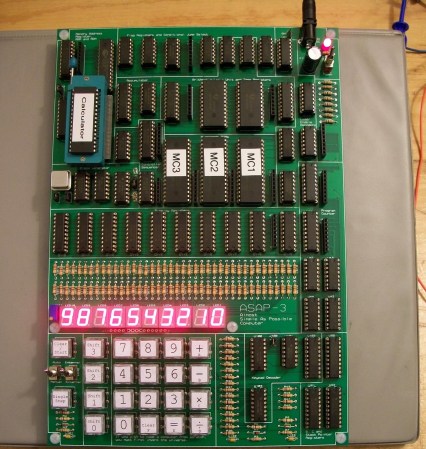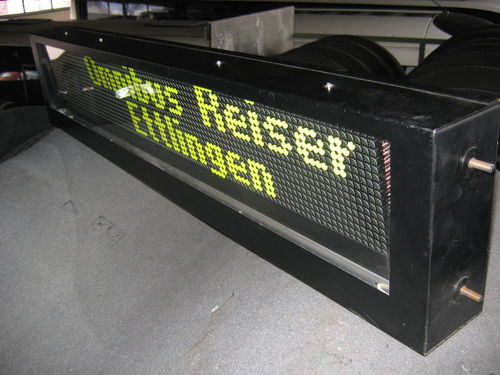
Telescope mounts connected to computers and stepper motors have been available to the amateur astronomer for a long time, and for good reason, too. With just the press of a button, any telescope can pan over to the outer planets, nebula, or comets. Even if a goto command isn’t your thing, a simple clock drive is a wonderful thing to have. As with any piece of professional equipment, hackers will want to make their own version, and thus the openDrive project was born. It’s a project to make an open source telescope controller.
Right now, the project is modular, with power supply boards, a display board, motor driver, an IO board (for dew heaters and the like), and a hand-held controller. There’s an openDrive forum that’s fairly active covering both hardware and software. If you’re looking for a project to help you peer into the heavens, this is the one for you. If telescope upgrades aren’t enough to quench your astronomical thirst you could go full out with a backyard observatory build.
Danke [Håken] for the tip.

















